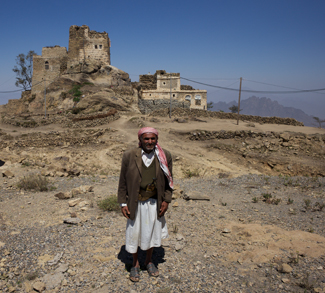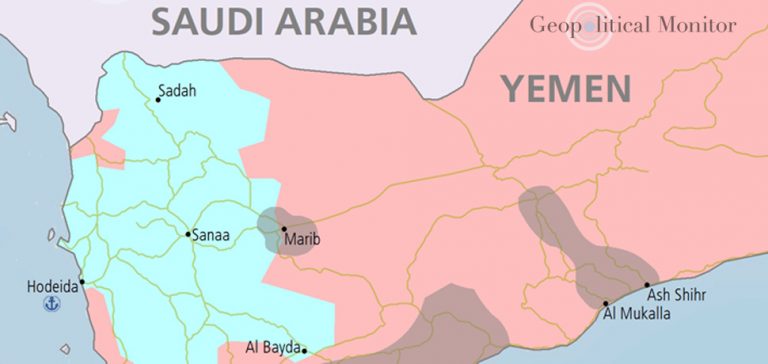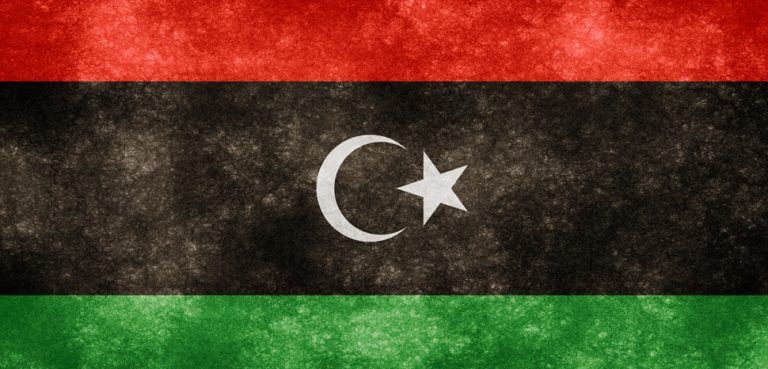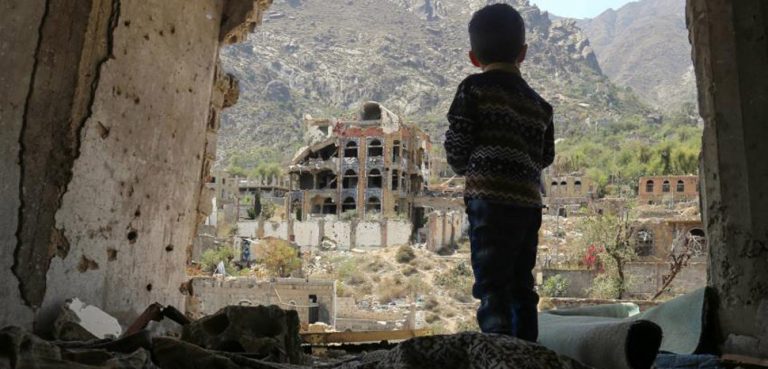Summary
Yemen, a country ravaged by war and poverty, is struggling to cope with a deadly cholera outbreak that has caused more than 1,700 deaths in the last few months. The spread of the disease has been facilitated by rising levels of malnutrition, a crumbling economy, and virtually non-existent health, water, and sanitation systems.
In late June, the World Health Organization (WHO) placed the number of suspected cases at 200,000. Less than a month later, the International Committee of the Red Cross (ICRC) announced that more than 300,000 are suspected to be ill. Robert Mardini, the Red Cross regional director for the Middle East, says this number is growing by roughly 7,000 a day, and WHO estimates that half of these cases are children.
By now it is obvious that Yemen is confronting the world’s largest humanitarian crisis. And the disaster is producing geopolitical consequences. The security vacuum left by the Yemen civil war is giving rise to Islamic extremism, mass migration, and food insecurity. Government authorities in Sanaa declared a state of emergency in May while appealing for international help. However, this call has fallen on deaf ears thus far in the international community.
Background
The Yemen civil war is an ongoing conflict between the Saudi-backed government of Abdu Rabbu Mansour and Iran-backed Houthi rebels. Since the outbreak of the conflict in March 2015, at least 10,000 are dead and more than 3 million displaced. The war has damaged or destroyed nearly all of Yemen’s critical infrastructure, including bridges, roads and more than half of its medical facilities.




